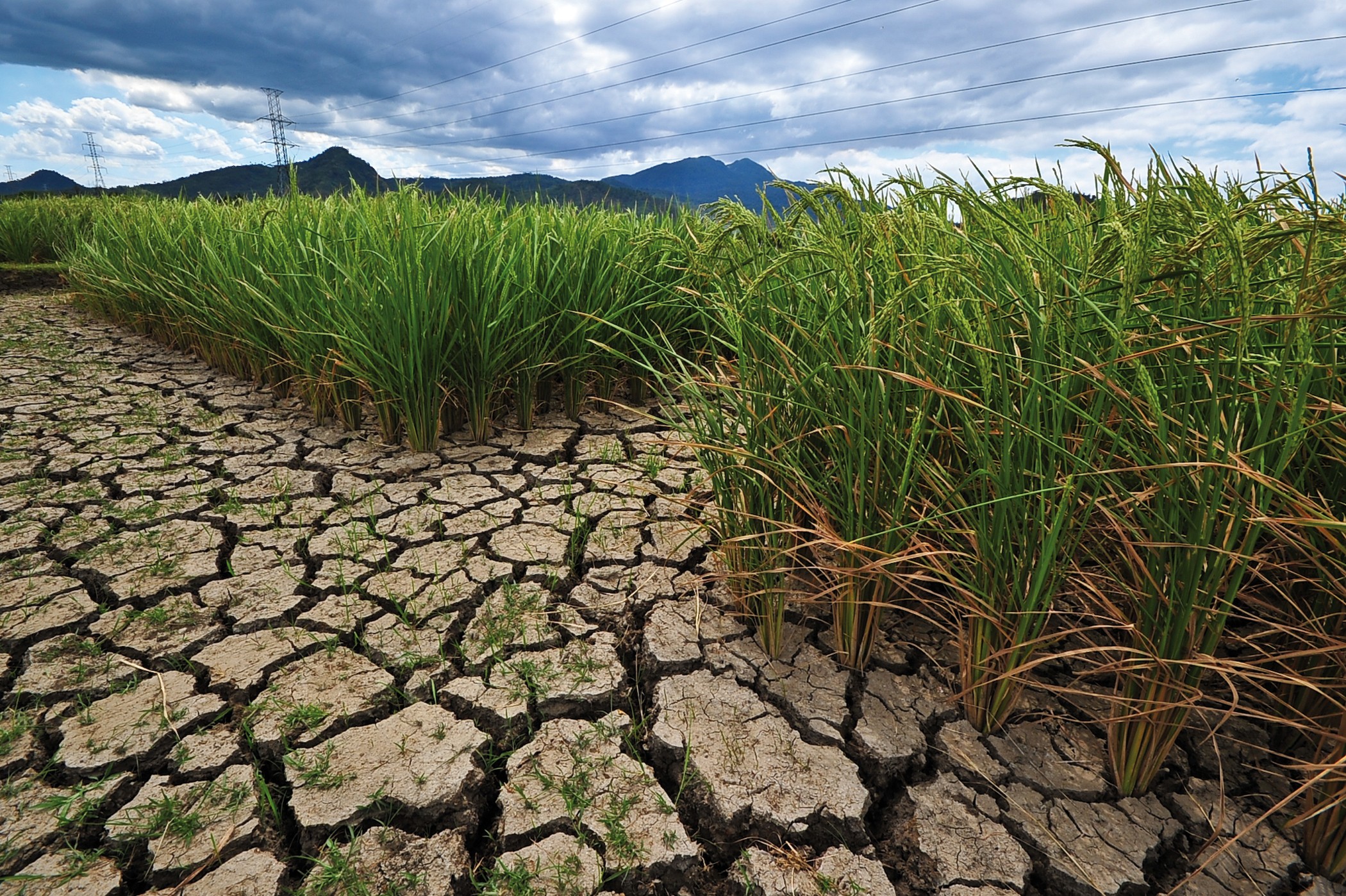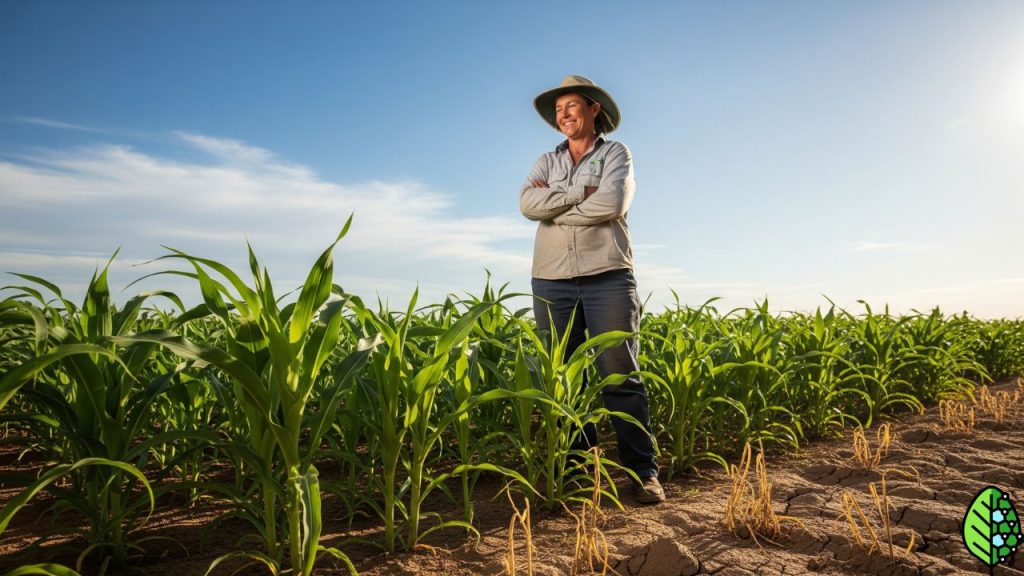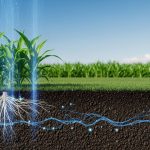Are you worried about how your crops will survive in dry or semi-arid regions? You’re not alone.
Many farmers and gardeners face the same challenge: ensuring their plants thrive despite limited water resources. Imagine having crops that not only withstand the harsh conditions but also yield bountifully. Sounds like a game-changer, right? You’ll discover the key to unlocking the potential of your land through drought-resistant crops.
These resilient plants are designed to flourish where others fail, transforming your dry soil into a thriving oasis. Stick around, and you’ll learn which crops are best suited for your environment, how they can save you time, money, and stress, and why they could be the answer you’ve been searching for. Let’s dive into the world of drought-resistant crops and empower your agricultural success.
Innovative Breeding Techniques
Innovative breeding techniques are transforming agriculture in dry regions. Breeders are creating crops that thrive with little water. These crops resist drought and grow in harsh conditions. Breeding methods focus on plant genetics and adaptability. Scientists are exploring new ways to improve crop resilience. This research helps farmers in semi-arid areas. The right techniques can change how crops survive. These advancements offer hope for sustainable farming.
Genetic Modification
Genetic modification alters plant DNA for better traits. This process helps crops resist drought. Scientists target genes that control water use. Modified plants need less water to grow. They can survive long dry spells. Farmers benefit from higher yields. Genetic modification is a powerful tool in agriculture. It helps address water scarcity challenges.
Marker-assisted Selection
Marker-assisted selection speeds up the breeding process. It identifies desired traits using genetic markers. Breeders choose plants with strong drought resistance. This method is precise and efficient. It reduces time and resources needed for breeding. Farmers get new varieties faster. These crops perform well in dry conditions. Marker-assisted selection is vital for developing resilient crops.
Hybridization Techniques
Hybridization combines traits from different plants. This creates new crop varieties. Breeders select plants with drought-tolerant traits. Hybrid crops can thrive with minimal water. They adapt well to semi-arid climates. Farmers gain access to high-performing crops. Hybridization is a key part of innovative breeding. It contributes to sustainable agriculture.
Crispr Technology
CRISPR is a cutting-edge genetic tool. It allows precise edits to plant DNA. Scientists use CRISPR to enhance drought resistance. This technology improves crop resilience. It offers potential for greater agricultural productivity. CRISPR is transforming crop breeding. It addresses challenges faced in dry regions.

Key Traits For Drought Resistance
Drought-resistant crops provide hope for regions facing water scarcity. These crops survive harsh conditions due to unique traits. Understanding these traits can aid in developing better crops for dry areas. Let’s explore the key traits that make these crops thrive.
1. Deep Root Systems
Deep roots reach water buried in the soil. This helps plants survive longer dry spells. They access moisture unavailable to shallow-rooted plants. Deep roots also anchor the plant firmly in the ground.
2. Efficient Water Usage
These crops use water wisely. They have mechanisms to minimize water loss. Efficient water use is crucial in arid regions. It ensures the plant remains hydrated longer.
3. Leaf Adaptations
Leaves play a big role in drought resistance. They may be smaller, thicker, or waxy. Such traits reduce water evaporation. Some leaves close their pores during the hottest part of the day.
4. Stomatal Regulation
Stomata are tiny openings on leaves. They control gas exchange and water loss. Drought-resistant crops manage stomatal openings well. This trait helps conserve moisture.
5. Osmotic Adjustment
Osmotic adjustment helps plants maintain cell pressure. It ensures cells stay hydrated during dry periods. This trait is vital for survival in drought conditions.
6. Stress Proteins
Stress proteins protect plant cells during drought. They help the plant endure unfavorable conditions. Stress proteins are crucial for long-term drought resistance.
7. Antioxidant Production
Antioxidants fight cell damage from drought stress. They help maintain plant health. High antioxidant levels are linked to better drought tolerance.
Success Stories From Around The World
Drought-resistant crops are changing agriculture in dry regions. These crops thrive where water is scarce. Farmers around the world share their success stories. They inspire others to adopt these resilient plants.

India: Pearl Millet Triumphs
In Rajasthan, India, farmers grow pearl millet with great results. This crop survives extreme heat and minimal rain. It provides food security for many families. Farmers report higher yields and better income.
Kenya: Sorghum’s Resilience
Kenyan farmers plant sorghum in arid regions. Sorghum thrives with little water. It feeds livestock and supports local economies. Farmers praise its ability to withstand drought.
Australia: Barley In Dry Lands
Australian farmers grow barley in semi-arid areas. This crop offers a reliable harvest with low rainfall. It supports the beer industry and local food markets. Farmers appreciate its adaptability and robustness.
Mexico: Tepary Beans’ Success
In Mexico, tepary beans are a popular drought-resistant crop. They grow well in dry soil. Farmers benefit from their nutritional value and short growing cycle. Tepary beans boost local diets and incomes.
China: Drought-tolerant Rice
China develops drought-tolerant rice for dry regions. This rice survives with less water. It ensures food security for millions. Farmers report increased productivity and resilience.
Conclusion
Drought-resistant crops offer hope for dry and semi-arid regions. These crops need less water and can thrive in harsh conditions. They help farmers sustain their livelihoods despite changing climates. Choosing the right crops can improve food security in these areas.
Farmers should consider local conditions before planting. With the right approach, drought-resistant crops can lead to a more resilient future. Better planning and crop selection can make a big difference. Communities can work together to share knowledge and resources. This ensures long-term success and stability in agriculture.



